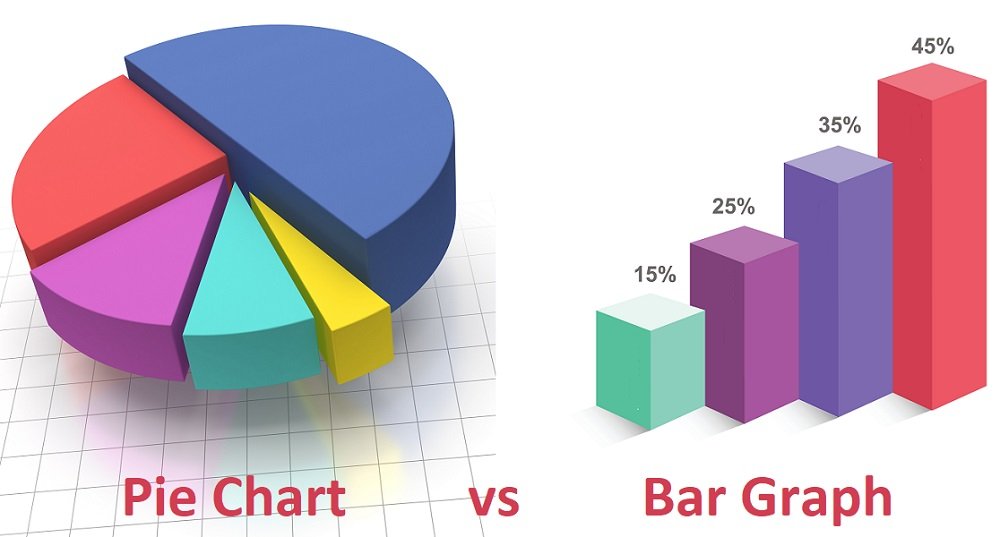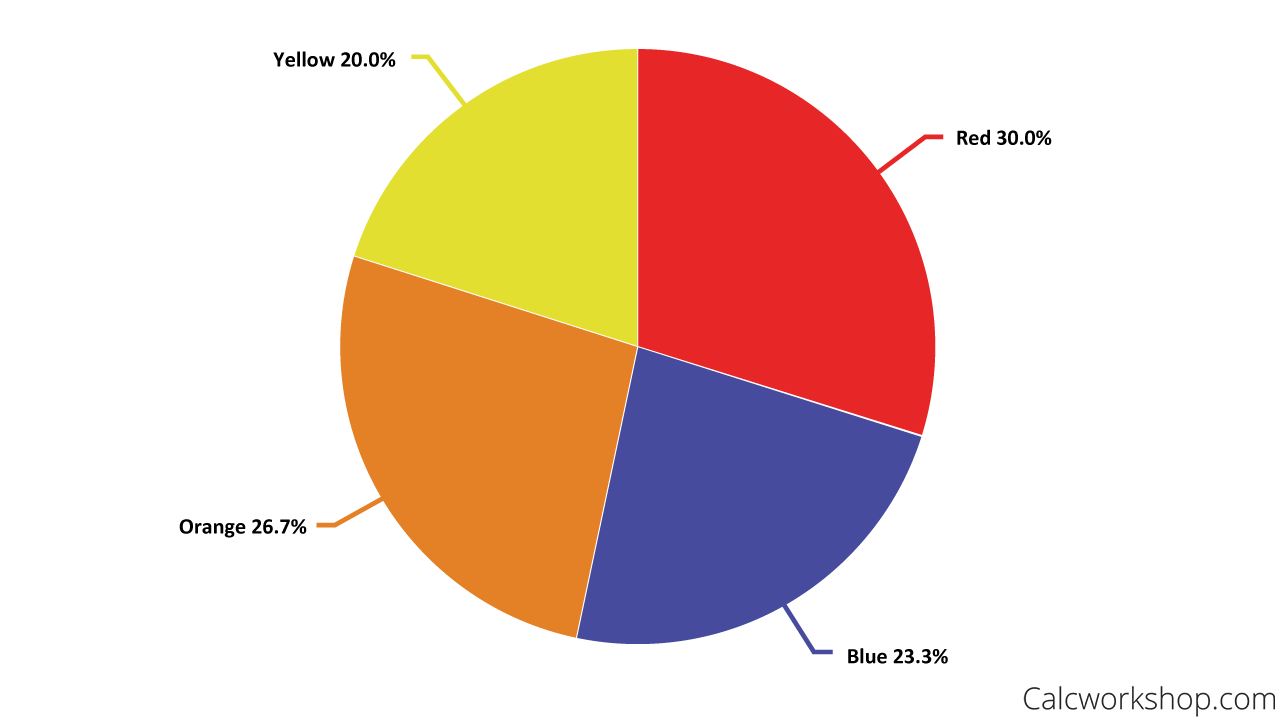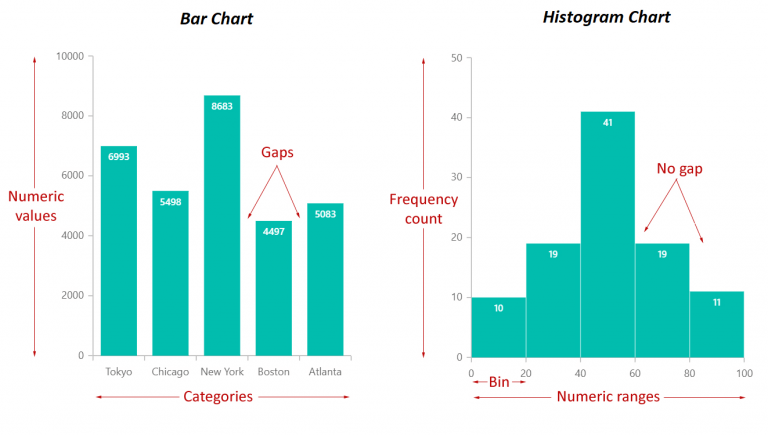Graphs charts chart math graph types maths poster graphing learning classroom kids grade cd set bar education line word data
Table of Contents
Table of Contents
Kinds Of Graphs And Charts are essential tools for any organization or individual who needs to present data in a way that is easy to understand. Charts and graphs allow us to analyze complex data sets and quickly identify patterns, trends, and outliers. In this post, we will explore the different types of graphs and charts and provide insights into how they can be used effectively.
Pain Points with Kinds Of Graphs And Charts
Businesses and individuals often struggle with communicating data effectively. Without the right tools and knowledge, it can be challenging to turn raw data into meaningful insights. A lack of understanding of the different types of graphs and charts available can result in charts that are hard to read, confusing or even misleading. Having a solid understanding of the key characteristics of each chart type is crucial to avoid making these mistakes.
What are Kinds Of Graphs And Charts?
Kinds of Graphs And Charts are visual representations of data that show trends, patterns, and relationships. There are several types of graphs and charts, each with its unique characteristics and intended use. Some of the most common types of graphs and charts include:
- Line Graphs
- Bar Graphs
- Pie Charts
- Scatter Plots
- Area Graphs
- Histograms
Summary of Kinds Of Graphs And Charts
Kinds of Graphs And Charts are vital tools for communicating complex data sets to a wide range of audiences. They allow us to quickly identify trends, patterns and outliers in data. Some of the most common types of charts and graphs include line graphs, bar graphs, pie charts, scatter plots, area graphs, and histograms. Having a solid understanding of each chart type’s key characteristics is crucial to avoid making mistakes that could be confusing or misleading.
Line Graphs
Line graphs are commonly used to show trends over time. They are a valuable tool for analyzing data sets that cover multiple years or periods.
For example, suppose you are analyzing stock prices for a specific company. In that case, line graphs are an excellent way to visualize the company’s stock price changes over time. Understanding the patterns in these changes is essential to making informed investment decisions.
Line graphs work by plotting data points on a grid and then connecting these points with a line. Each data point represents a specific value, while the line shows the overall trend.
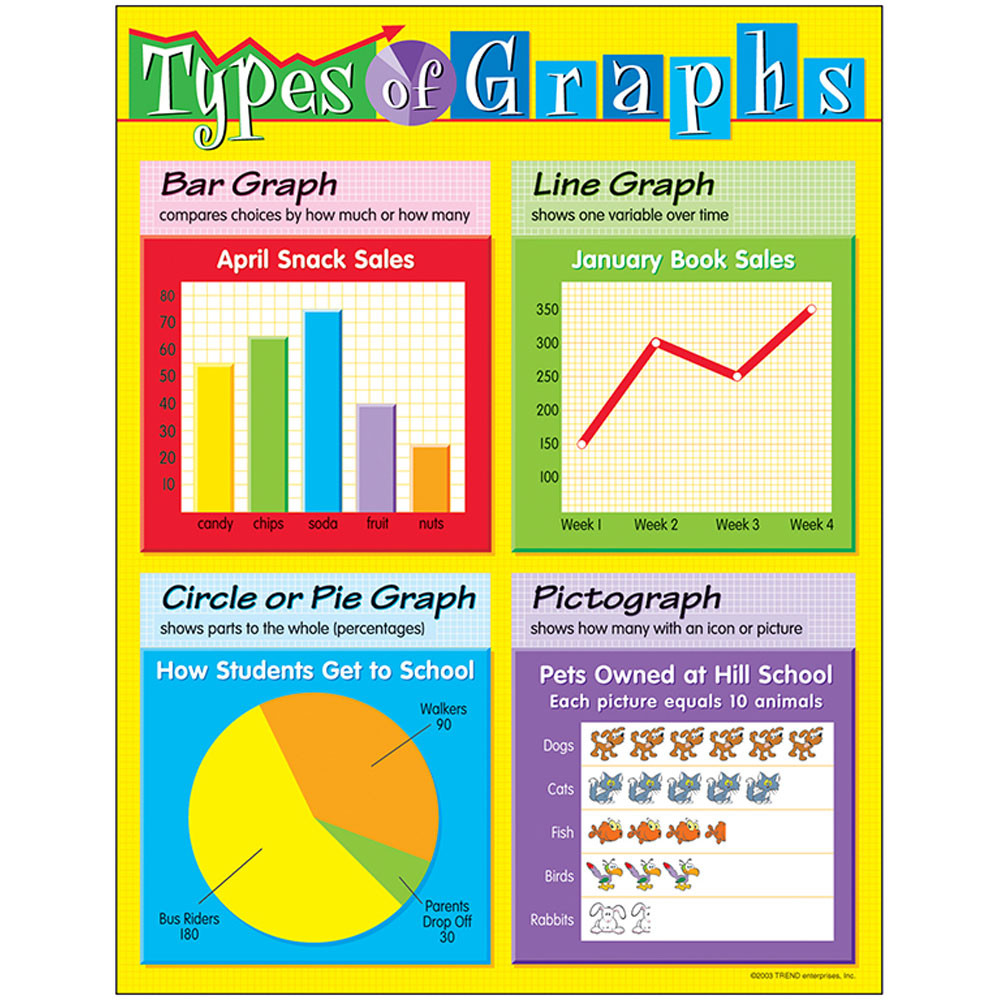 Bar Graphs
Bar Graphs
Bar graphs are an ideal tool for comparing data sets across categories. They are commonly used in market research to compare sales figures between different products or to compare specific product features.
For example, suppose you are developing a new product. In that case, a bar graph displaying product features’ importance can help you understand how consumers perceive different features and tailor your product development accordingly.
Bar graphs work by displaying a series of bars, each representing a category’s value. The height of each bar represents the value, making it easy to compare categories’ relative values.
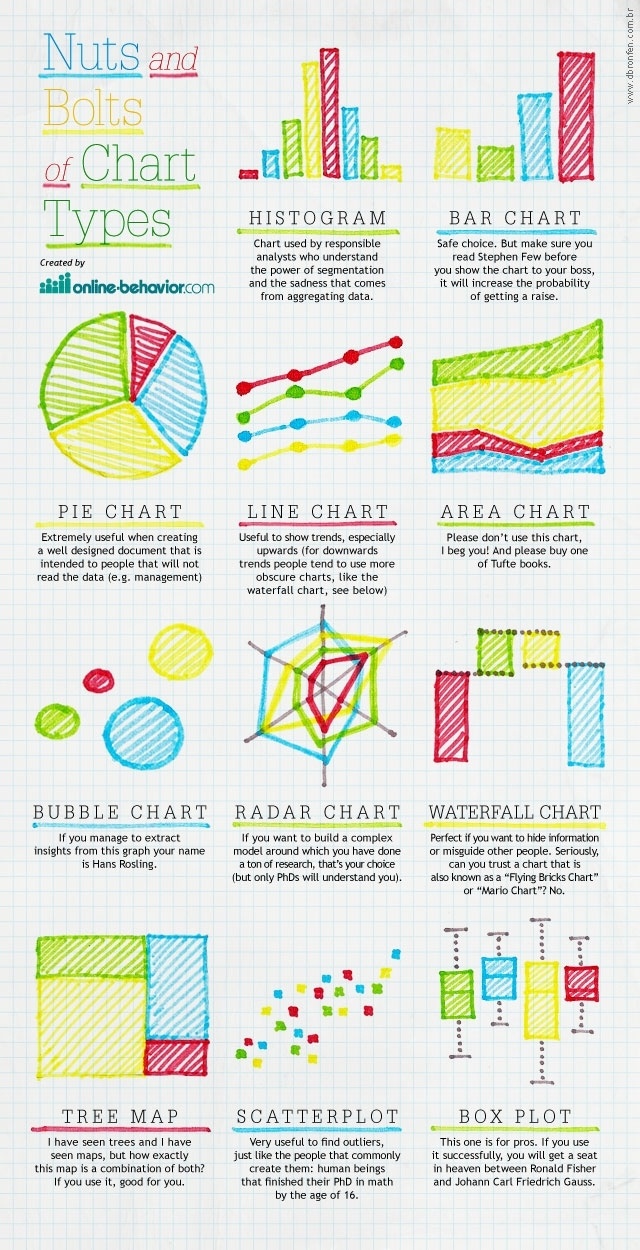 Pie Charts
Pie Charts
Pie charts are a popular tool for showing the relative sizes of different categories in a data set. They are commonly used in market research to show market share between competitors.
For example, if you are analyzing sales among a group of competitors, a pie chart can help you visualize the percentage of total sales each company holds.
Pie charts work by displaying a series of slices that correspond to each category’s relative size. The size of each slice represents the relative size of each category.
 ### Scatter Plots
### Scatter Plots
Scatter plots are a valuable tool for analyzing relationships between variables. They are commonly used in scientific research to identify patterns in data sets.
For example, if you are analyzing the relationship between a company’s advertising budget and sales figures, a scatter plot can help you identify any patterns or trends in the data.
Scatter plots work by plotting data points on a graph, with each point representing a value for two variables. The location of each point on the graph shows the relationship between the two variables.
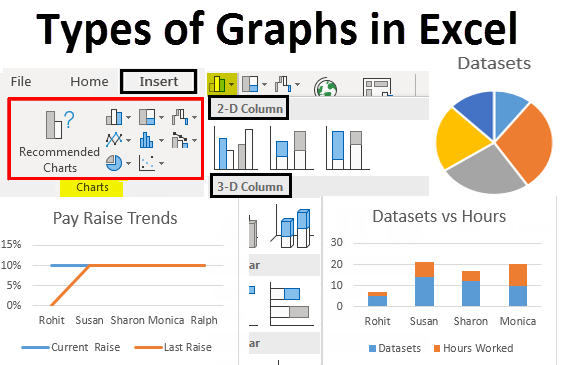 Histograms
Histograms
Histograms are a useful tool for analyzing the distribution of a data set. They are commonly used in scientific research and market research to identify how data is distributed among different groups of people.
For example, if you are analyzing demographic data, a histogram can help you visualize how different age groups are distributed across your data set.
Histograms work by dividing a data set into groups and displaying the frequency of each group in a series of bars.
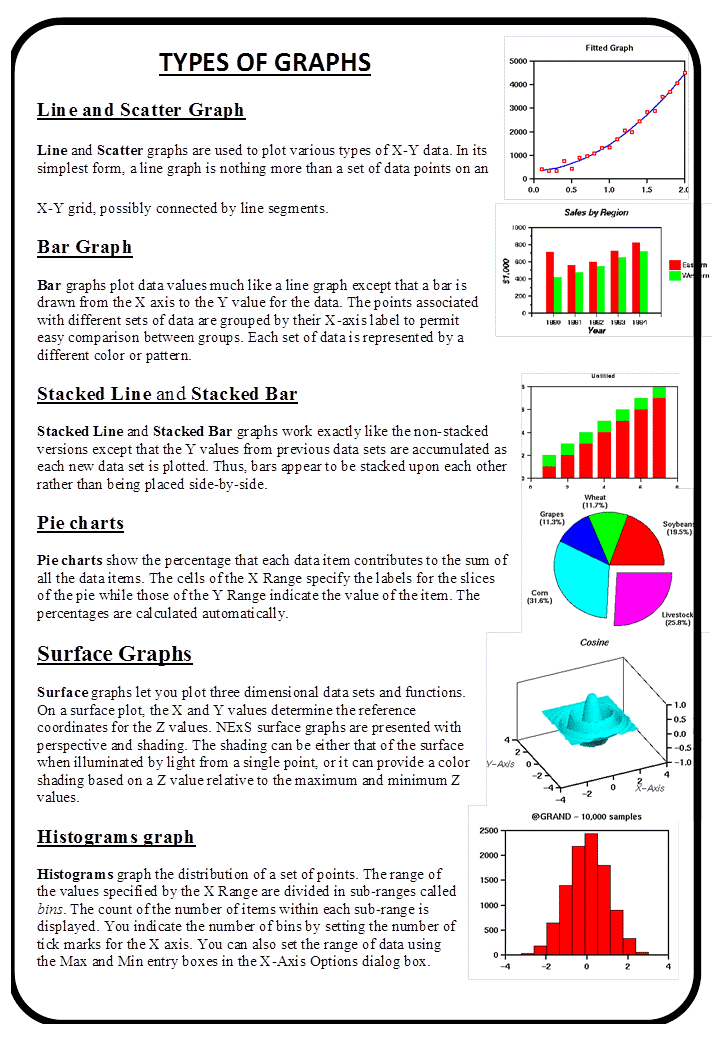 Question and Answer Section
Question and Answer Section
1. What are the most common types of graphs and charts?
Some of the most common types of graphs and charts include line graphs, bar graphs, pie charts, scatter plots, area graphs, and histograms.
2. What is the best way to present data in a chart or graph?
The best way to present data in a chart or graph depends on the data you are analyzing and the insights you want to communicate. The type of graph or chart you choose should be based on the data you are analyzing and the audience you are communicating to.
3. Why are charts and graphs valuable tools for analyzing data?
Charts and graphs allow us to quickly identify patterns, trends, and outliers in data sets. They allow us to analyze complex data sets and communicate insights to a wide range of audiences.
4. How can you avoid creating confusing or misleading charts and graphs?
You can avoid creating confusing or misleading charts and graphs by having a solid understanding of the key characteristics of each chart type and choosing the right chart type for the data you are analyzing.
Conclusion of Kinds Of Graphs And Charts
Kinds of Graphs And Charts are powerful tools for analyzing complex data sets and communicating insights to a wide range of audiences. Understanding the different types of graphs and charts available and the key characteristics of each chart type is crucial to avoid making mistakes that could be confusing or misleading. By using these tools effectively, businesses and individuals can make informed decisions that are backed up by data-driven insights.
Gallery
Types Of Graphs Learning Chart - T-38123 | Trend Enterprises Inc.

Photo Credit by: bing.com / graphs types chart learning charts math trend
Mathematics Village: Types Of Graphs

Photo Credit by: bing.com / graphs types mathematics blogthis email twitter reactions
Excel Types Of Graphs | LaptrinhX

Photo Credit by: bing.com / graphs types excel example contents table
Graph And Chart Types Infographic - E-Learning Infographics

Photo Credit by: bing.com / types chart infographic graph charts nuts provides above quick list available
Graphs Chart - CD-114040 | Carson Dellosa Education | Math

Photo Credit by: bing.com / graphs charts chart math graph types maths poster graphing learning classroom kids grade cd set bar education line word data

